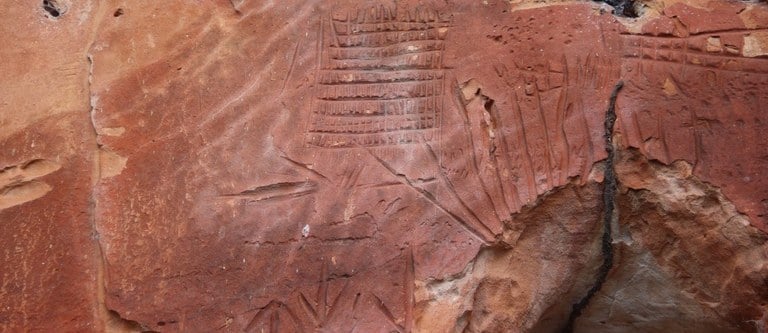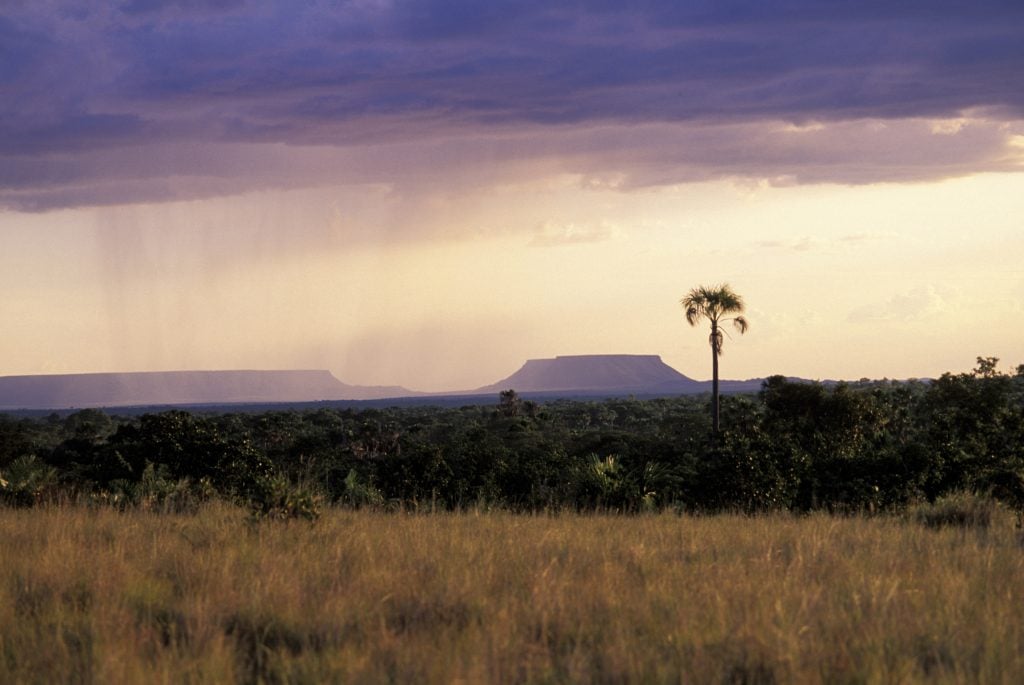Archaeology & History
Archaeologists in Brazil Discover 16 New Rock Art Sites
The engravings and paintings include footprints and artistic representations.

Archaeologists working in the central Brazilian state of Tocantins have discovered 16 new rock art sites.
The sites are in Jalapão and feature rock art estimated to have been created 2,000 years ago. The rocks are marked with human and animal footprints, and other artistic representations.
“Among the symbols engraved and painted on the rocks, human footprints stand out, footprints of animals such as deer and wild pigs, and figures that resemble celestial bodies,” said Iphan archaeologist Rômulo Macedo.
The discovery was announced by the National Historic and Artistic Heritage Institute (Iphan) following expeditions led by Macedo over the past two years to find new sites in the region.
Macedo has noted that it remains unclear who made the rock artwork and for what purpose. Possible interpretations include recording time, portraying myths, communicating with spirits, or marking out territory.
Researchers believe both the proximity of the rock art sites and the recurrence of symbols suggest the creators shared the same belief system. Another early theory is that the paintings are older than the engravings and were possibly made by a different cultural group. Ongoing research will aim to bring clarity to such questions.
Although there is evidence of humans occupying Jalapão as far back as 12,000 years, little is known about such groups prior to their contact with Europeans in the 15th and 16th centuries. It is likely, however, that they were drawn to the Cerrado’s rich biome, the eco-region still the most biodiverse savanna in the world.

Savannah vegetation and rain near the Espirito Santo mountain range at Jalapão State Park in Tocantins State, Brazil. Photo: Lena Trindade/Brazil Photos/LightRocket via Getty Images.
Despite the excitement surrounding the rock art sites, Macedo stressed their vulnerability to both natural elements (wind erosion and forest fires) and human activities such as deforestation and vandalism. Between 2002 and 2022, Tocantins’s tree cover is estimated to have decreased by 19 percent. The Jalapão State Park was also founded in 2001 to protect and raise awareness about the region’s fragile biodiversity.
In response, Iphan has begun conservation and education initiatives to protect and promote the sites.
Under the guidance of Iphan, Tocantins has experienced a significant increase in archaeological research in recent years. Iphan states the priority is to protect heritage currently at threat from economic activities.





